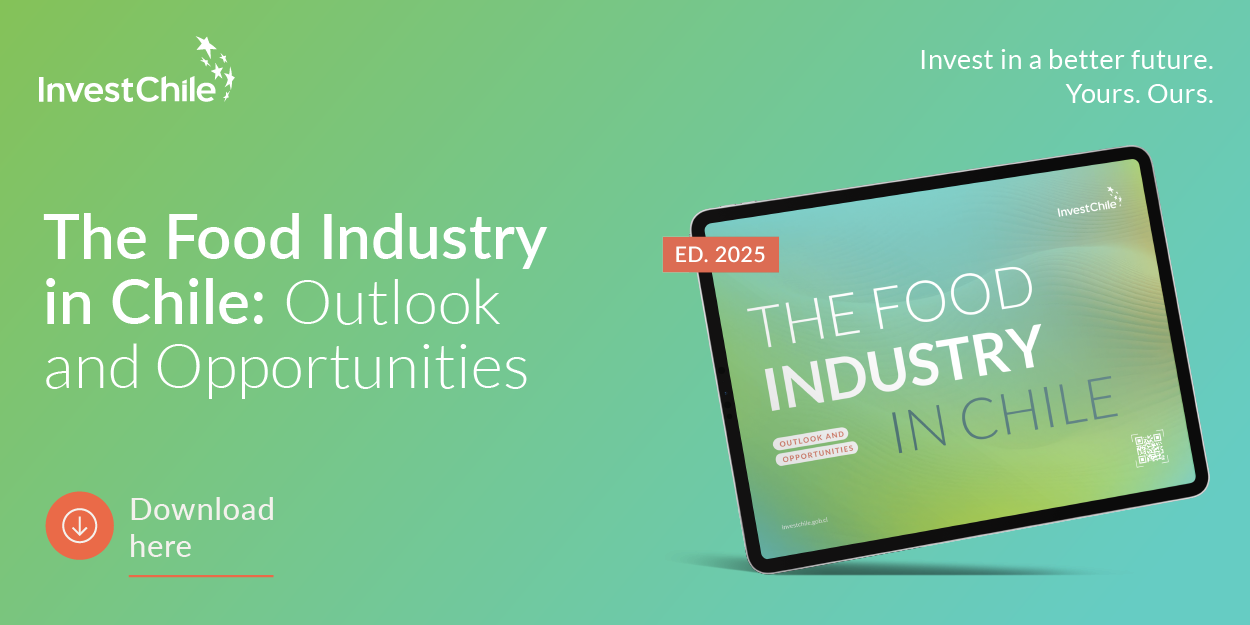Nutella and Ferrero Rocher’s parent highlights its long-term commitment to Chile, which is experiencing a boom in hazelnut planting.

According to Diario Financiero, data shows that hazelnut plantings in Chile have multiplied ten times in the last decade and now account for the fourth-largest area of any type of fruit tree in Chile.
Many people are unaware that a percentage of these hazelnuts will support the international production of brands like Nutella, Kinder Bueno and Rocher chocolates – all of which are part of the Ferrero portfolio.
The Italian group operates in Chile through its subsidiary AgriChile, whose agricultural branch has over 4,000 hectares of hazelnut trees. Its industrial branch is responsible for processing the nuts to prepare them for the company’s final products before shipment.
«The business situation in Chile is promising; hazelnut production is steadily increasing,» said Marco Botta, CEO of Ferrero Hazelnut Company CEO, from the company’s Luxembourg headquarters.
Consequently, the company plans to maintain its commitment to the country moving forward: «There is tremendous room to grow. Demand is growing, and I believe the industry will continue to do the same. Chile is fantastic in terms of production. Quality is extremely high (...) Ferrero always operates with the long term in mind.»
New investments
According to company data, Ferrero has invested over US$330 million in Chile and employs approximately 1,000 people.
Of these investments, US$75 million corresponds to a second hazelnut processing plant the company is building in San Gregorio in Chile’s Ñuble Region. Botta noted that the idea is to have these facilities ready within the coming year.
The company built its first plant in Rio Claro in 2015.
The Ferrero Group executive remarked that two of the company’s seven plants worldwide will be in Chile.
The reason for investing in a new plant was that «the first one was operating at full capacity. The new plant will more than double our hazelnut processing capacity,» said Botta.
The CEO added that while the facilities are being completed, the company is already analyzing the next steps for local growth. «We believe Chile is an essential part of our strategic plan,» he commented.
The country’s advantages
According to data from the Office of Agricultural Studies and Policies (ODEPA), Chile had 3,440 ha of hazelnut trees in 2011. By the end of 2022, that figure had grown tenfold to 36,393 hectares.
Last year alone, the area in Chile planted with hazelnuts grew 48.8%. According to Ferrero executives, the figure has continued to grow, and the company has some 43,000 ha of hazelnut trees in Chile.
AgriChile Chief Executive Officer Camillo Scocco believes that the reasons for this boom are the «excellent geographical conditions,» high industry development, and a favorable economic and social environment.
Botta added that the company’s incursion into the country was «magical.» They found ideal agricultural conditions both in terms of soil and climate.
«The country is extremely scalable in terms of agricultural practices. We tried to contribute by bringing Ferrero’s hazelnut expertise, but Chile was really very prepared, also in terms of building positive relationships with institutions, for trying to develop new things,» the company’s CEO emphasized.
Ferrero’s plantations in Chile are located from the Maule Region into some areas of the Los Lagos Region.
What is to come in Chile
Chile offers another advantage for the Italian company: it enables year-round hazelnut production.
According to Botta, the late businessman Michele Ferrero, who passed away in 2015, had wanted to get a second fresh crop in each year.
«In the northern hemisphere, hazelnuts arrive in September, which does not leave enough time to prepare for the holiday season, which is crucial for chocolate brands. So, the hazelnuts processed in Chile aim to meet that goal,» said the senior executive.
In that sense, Botta explains that the Ferrero Group’s essence as a family company involves making long-term investments and commitments: «This is why we are investing in a second crop and are already thinking about what is to come.»
From the firm’s offices in Rio Claro, Scocco added: «We still have land available, resources and the climatic conditions to continue planting here. We have to continue working in Chile (...) We have already demonstrated the growing capacity that exists here.»



%2017.11.51.png)

